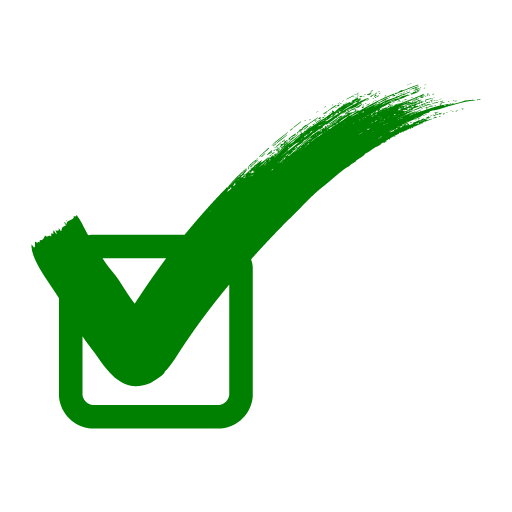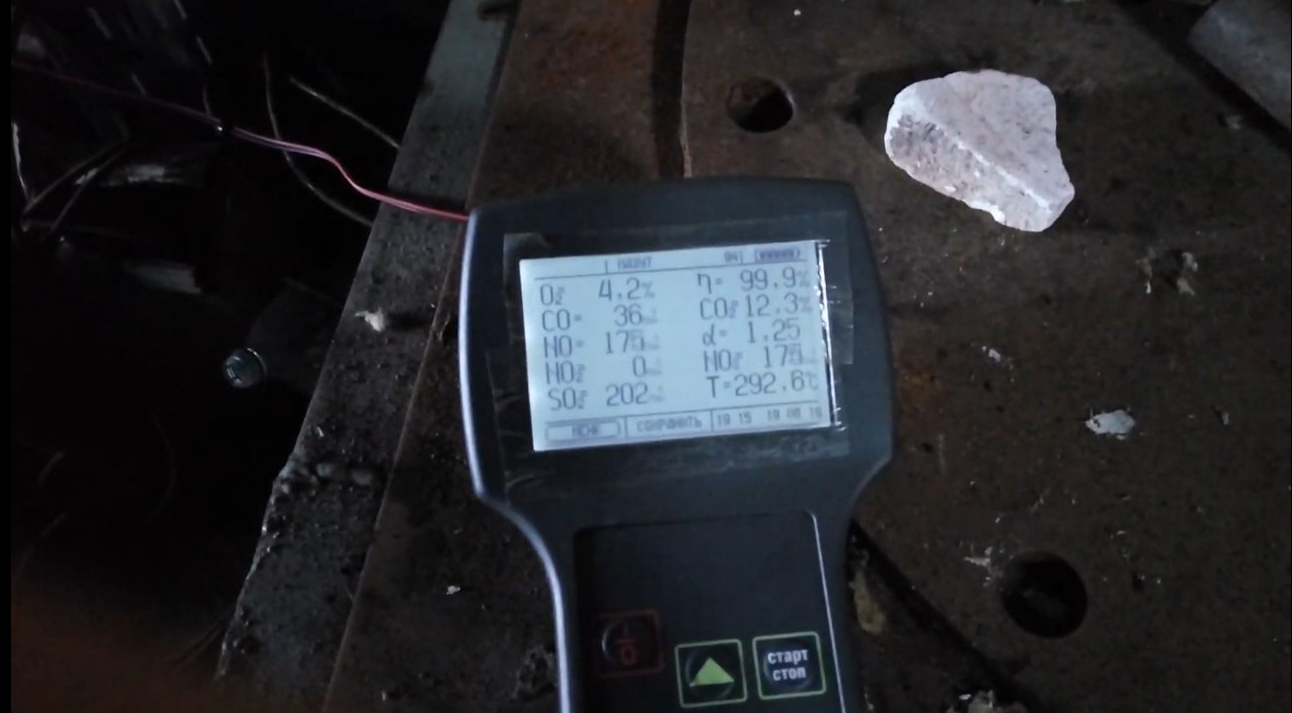





The MTC-1MO module is designed for the disposal of organic wastewater and biosludge from wastewater treatment plants to obtain:
![]()
Alternative liquid fuel (ALF) based on biosludge from wastewater treatment plants. Characteristics and composition of liquid fuel: (bioyl from treatment facilities, peat, sapropel) 50%-60% and hydrocarbon waste (waste mineral oils, oil sludge, tar, high-sulfur fuel oil, oil washouts, soap stock, coal dust, technical glycerin, etc.): 50 %-40%;
![]()
Producing cheap electricity based on the MTC-1MO module as part of the MTC-E cogeneration energy complex using ALF.
![]()
Organic fertilizer with simultaneous deodorization and disinfection in liquid or granular form.
![]()
Production of water-fuel oil emulsions, water-coal emulsion fuel such as fuel oil with a water content of up to 40%.
![]()
Production of artificial building and structural material xylolite based on crushed dried biomass.

The proposed technology for producing alternative liquid fuels (ALF) makes it possible to solve an important environmental problem - the disposal of two main types of hazardous products: bio-sludge from wastewater treatment plants and oil wastes such as used industrial oils, as well as a large number of similar bio-organic hydrocarbon wastes with further production of heat and electricity at minimal cost. prices as part of the cogeneration energy complex.
The result is a new type of energy carrier that is different from existing oil, gas, coal and electricity. AGL does not require transportation costs, but is manufactured on site in the required quantity; there is no compression required for gas; it can be accumulated in the required volume, unlike complex systems.
The environmental friendliness of the new ALF is determined by the low sulfur content, low ash content during combustion, no more than 7%, complete disinfection and deodorization of components during processing, utilization of biosilt - a source of the greenhouse gas methane, utilization of hydrocarbon and oil waste.
100% utilization of biosludge is achieved as a source of: greenhouse gas methane, which has significantly worse climatic consequences than CO 2; contamination of groundwater by infiltration; uncontrolled combustion of sludge fields with the release of CO 2.
Release of hundreds of hectares of land occupied by sludge fields at municipal wastewater treatment plants and poultry and livestock farms to return them to economic circulation.
Disinfection and deodorization of farm animal excrement. Reduction of the hazard class of bioorganic waste - defecation and wastewater from poultry and livestock farms with and without bedding.

Continuous automatic mode of production of alumina;
Dosed mixing and dispersion of components, homogenization and structuring of the liquid phase with the formation of a stable emulsion;

The proposed technology creates a new renewable energy resource base and a new niche in the fuel markets, ensuring the transfer of difficult-to-recycle waste - bioorganic wastewater, biosludge and oil waste into the category of raw materials components of high-calorie fuel.
The raw material base for ALF can also be: peat, brown coal, coal dust, used edible oil, crude oil, oil washouts, oil shale, coolant, watered glycerin, soap stock, pyrolysate from tire recycling, etc.
The new technology for processing bioorganic waste into highly efficient fuel is a promising alternative to existing methods: direct combustion, pyrolysis, gasification, liquefaction (hydrogenation), anaerobic fermentation to produce biogas.
100% utilization of biosludge is achieved as a source of: greenhouse gas methane, which has significantly worse climatic consequences than CO 2; contamination of groundwater by infiltration; uncontrolled combustion of sludge fields with the release of CO 2.
The collection and use of most of the raw material components of ALF is geographically close to residential and industrial complexes, which ensures real decentralization of energy supply.

The ability to produce composite water-oil and water-coal fuels (WCF) using the same equipment;
All-season loading of equipment without readjustment of equipment and additional costs due to the possibility of producing highly effective organic fertilizer from municipal and agricultural liquid waste (defect and bio-silt) for direct application to the fields, which will allow obtaining biologically pure food products with significant savings in chemical mineral fertilizers.

| Substance being processed | liquid |
| Installed power, no more than | 75 kW |
| Capacity | 100 - 5,000 l/hour |
| Processing temperature | 0-120˚С |
| Mains voltage | 380V |
| Type of current | alternating |
| Current frequency | 50 Hz |
| Dimensions of the preparation unit, mm | 2500х2500х2000 |
| Dimensions of the manufacturing unit, mm | 2500х2500х2400 |
Copyright ©2023 All rights reserved


